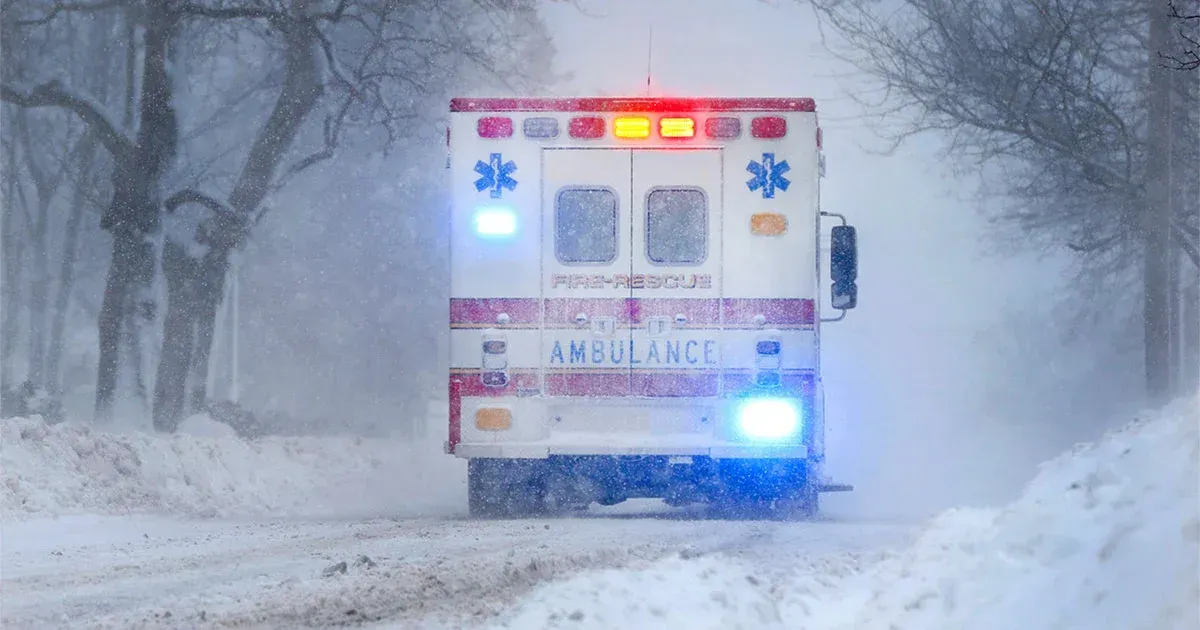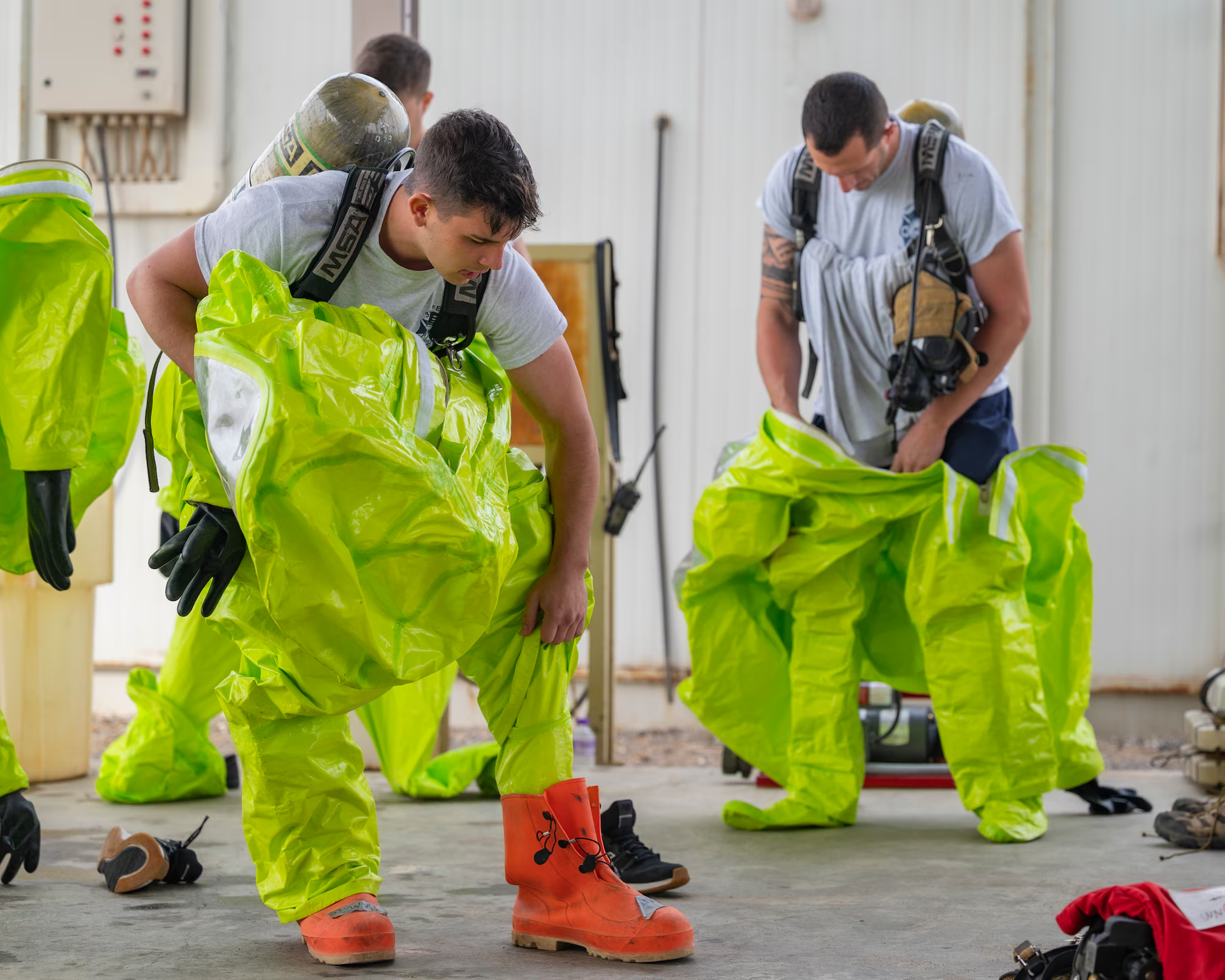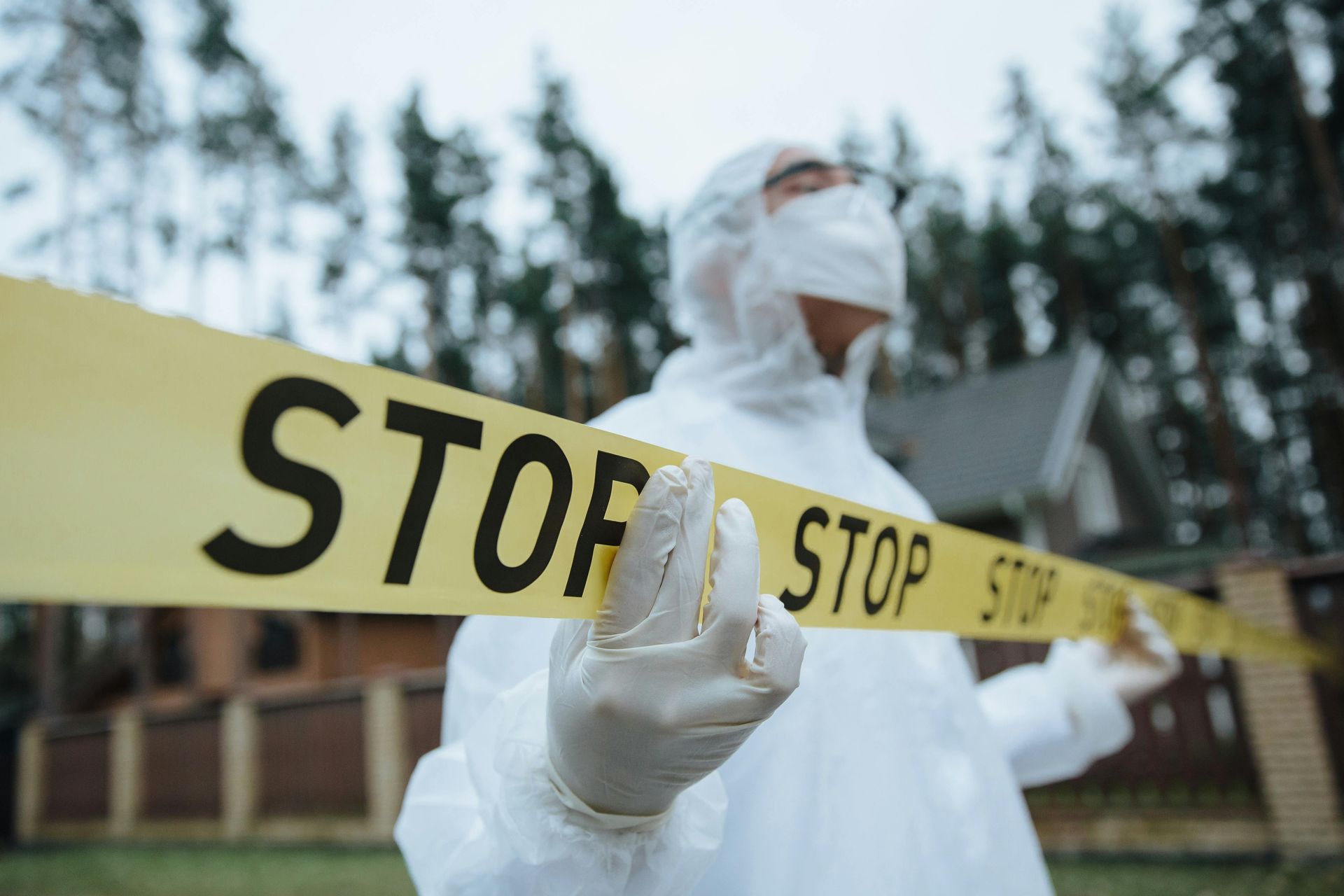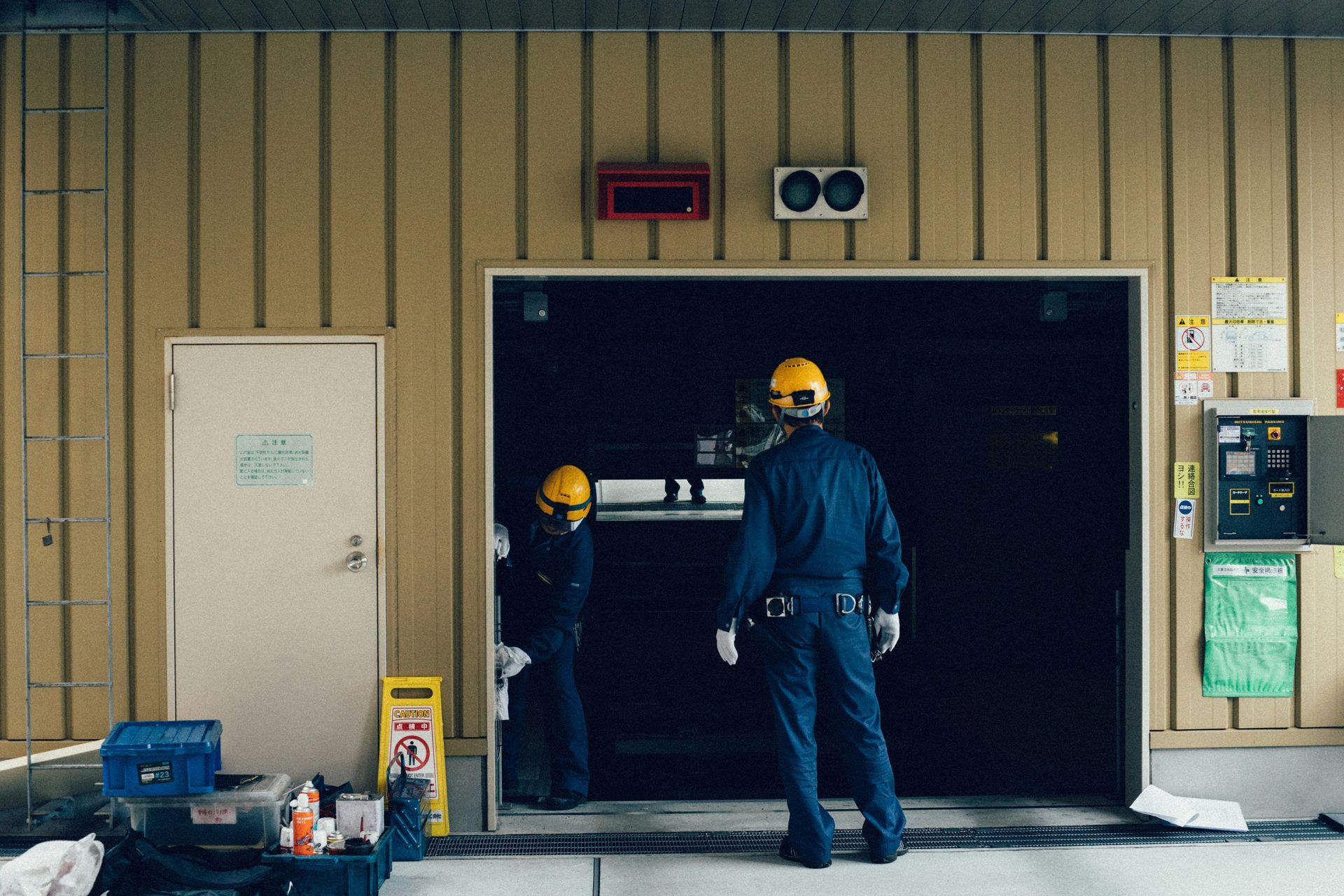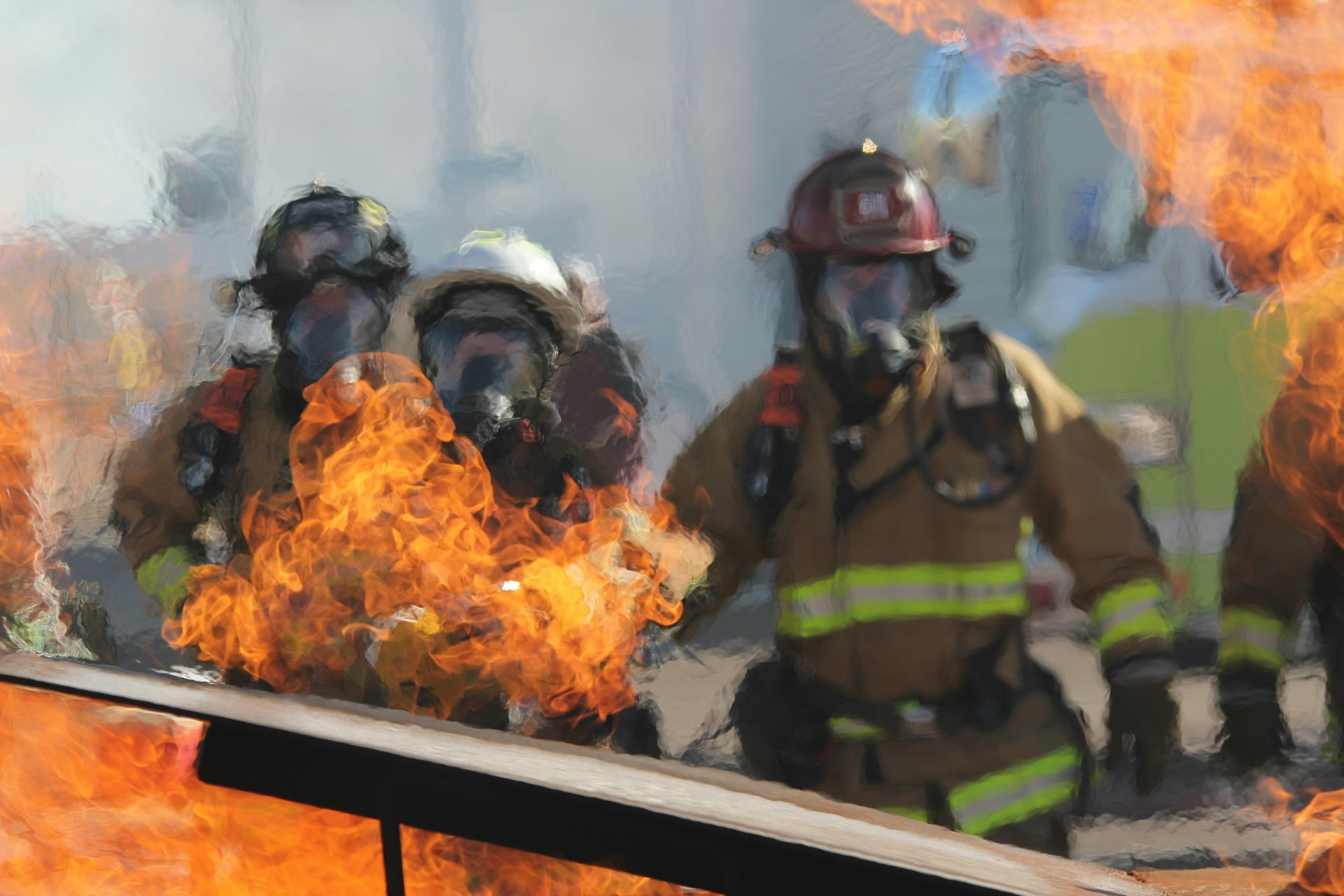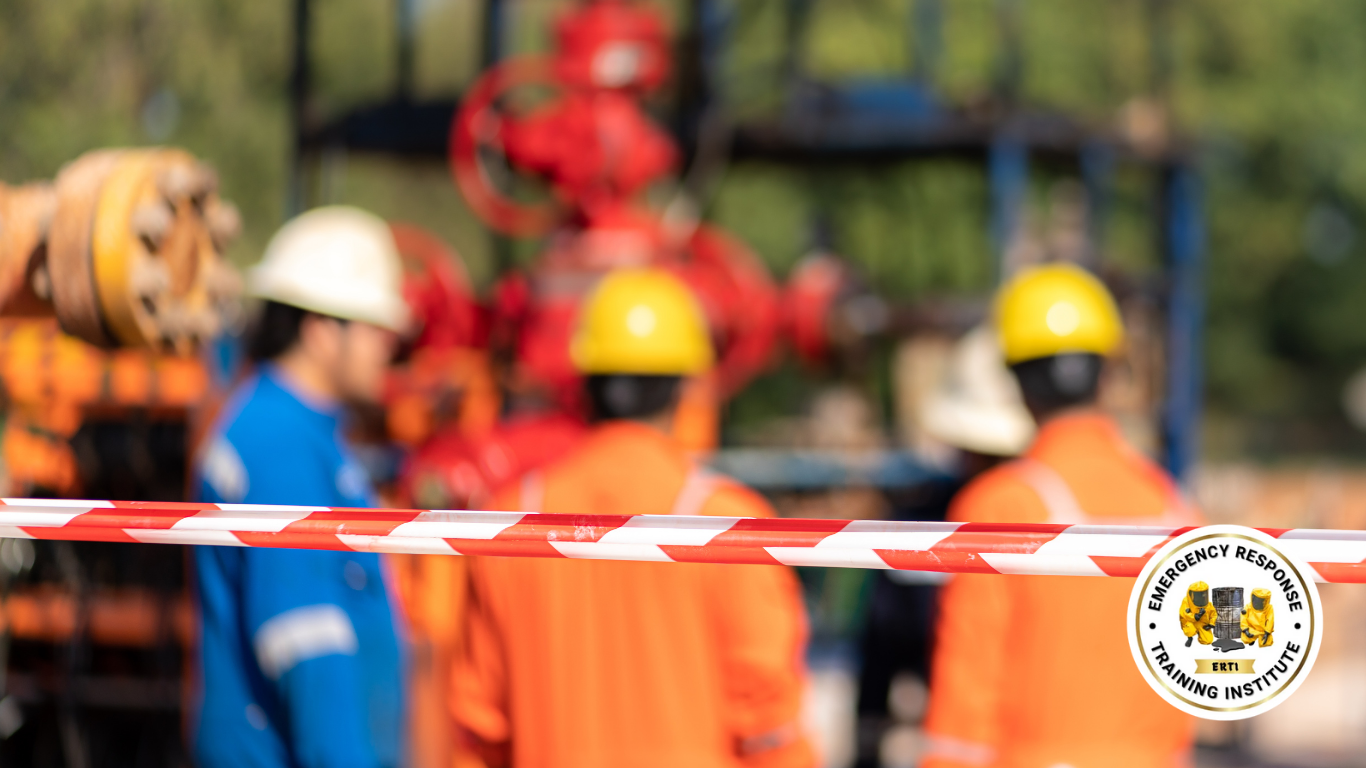It's essential to identify and manage hazardous materials properly to prevent incidents and protect the public's well-being.

Hazardous materials, or hazmat, are any substances that pose a risk to health and safety due to their physical, chemical, or radioactive properties. These materials can cause harm to human health, the environment, and property. It's essential to identify and manage these materials properly to prevent incidents and protect the public's well-being. In this blog, we'll discuss the different types of hazardous materials and their characteristics to raise awareness and educate.
Toxic Hazardous Materials: These materials pose a significant risk to human health and the environment, causing severe health issues and environmental damage. They can enter the body through inhalation, ingestion, or skin contact. Examples include pesticides, chloroform, and chemicals used in batteries and electronics. To prevent exposure, it's crucial to follow safety protocols, such as using protective equipment, avoiding skin contact, and handling in well-ventilated areas.
Radioactive Materials: These materials release ionizing radiation, which can cause harm to human health and the environment. Nuclear power plants, research facilities, and medical institutions often produce radioactive waste. Exposure to these materials can cause cancer, mutations in genes, and other severe health effects. Proper storage, disposal, and handling of radioactive materials are critical to minimize risks and comply with regulations.
Ignitable Hazardous Materials: These materials are fire hazards and can easily ignite at low temperatures. It poses a severe risk of spreading toxic gases, causing fire or smoke, and explosions. Paint removers, lighters, and aerosols are common examples of ignitable hazardous materials. Proper storage, handling, and transportation are necessary to prevent accidents and protect individuals and the environment. Ensure to follow safety protocols, such as wearing protective gear, storing in airtight containers, and avoiding heat sources.
Infectious Hazardous Materials: These materials contain bacteria, viruses, and harmful microorganisms that can cause diseases in human beings and animals. Infectious materials are prevalent in medical facilities and research centers, and improper handling, storage, and transportation can lead to widespread health risks. Examples include contaminated needles, blood, and other bodily fluids. Proper health and safety protocols, including using protective gear and handling materials with care, are critical to preventing infections.
Reactive Hazardous Materials: These materials prompt violent reactions when exposed to air, heat, water or mixed with other substances. They can generate heat, emit toxic fumes, or explode, posing a severe health and safety risk. Examples of reactive materials include ammonium nitrate, old weapons, and ammunition, which are often used in the military. To avoid incidents, it's essential to handle and store these materials in a suitable environment, use appropriate personal protective equipment, and isolate incompatible materials.
Hazmat materials can pose significant risks to human health, the environment, and property. It's crucial to understand the various types of hazardous materials and their characteristics to prevent accidents, injuries, and environmental damage. Proper storage, handling, and transportation, strict adherence to safety protocols, and regular training can help mitigate the risks associated with hazardous materials. We all have a role to play in protecting ourselves, our communities, and the environment from the dangers of hazmat materials.


